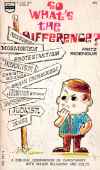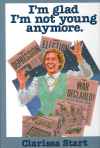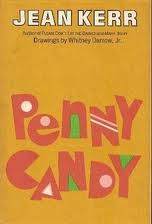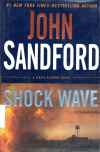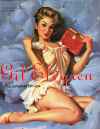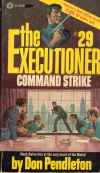 This book is far less topical and dated than Dixie Convoy, which was definitely stuck in the 1970s with its CB focus. This book has a more typical Executioner excursion into the heart of Mafia territory: Manhattan.
This book is far less topical and dated than Dixie Convoy, which was definitely stuck in the 1970s with its CB focus. This book has a more typical Executioner excursion into the heart of Mafia territory: Manhattan.
The bosses in New York are scrambling for power after the recent death of the Boss of all Bosses at the hands of Mack Bolan. A confidante of the BoAB has been working to secure his own place as the old man was slipping, but his quiet push for consolidation encounters some scepticism from some of the other leaders of the mob. The power behind the Aces, an autonomous group of mob super-hitters, looks into the mess, and Bolan steps in to make sure that mess keeps boiling and the mob men keep dying.
Does that sound like a blurb for the back of the book?
As I said, this is a better book than #27 (I missed 28). Not only does the book avoid dated technologies, but it also has a climax (two, sort of) that rather smoothly fits into it.
At this time, I’m closing in on the end of the Pendleton books of the series, and I’m pretty sure I’m going to miss them. I’m not sure who the publisher used immediately after Pendleton, but I know the far later books lack some of the depth and philosophical musings that lift these books above the other period pulp. And I’m not just saying that for you, Ms. Pendleton, although I hope you take some pride that your husband’s work continues to be enjoyed 35 years later.
Books mentioned in this review:




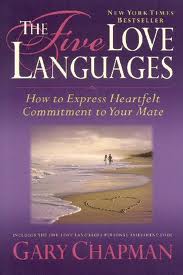


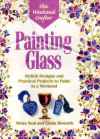
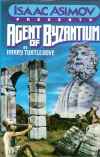


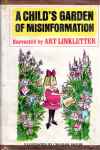
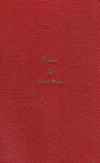 This book is a collection of poems by a religious housewife written in 1959 and 1960 in the Ozarks. It’s a regional book with probably no national distribution, but the woman (or her family) thought enough of them to publish them in hardback. The book includes some penciled or penned corrections and some poems cut and pasted onto blank pages at the end. It’s signed by the author, of course, but not inscribed, which means she might have given the book to someone she didn’t know. How odd.
This book is a collection of poems by a religious housewife written in 1959 and 1960 in the Ozarks. It’s a regional book with probably no national distribution, but the woman (or her family) thought enough of them to publish them in hardback. The book includes some penciled or penned corrections and some poems cut and pasted onto blank pages at the end. It’s signed by the author, of course, but not inscribed, which means she might have given the book to someone she didn’t know. How odd.